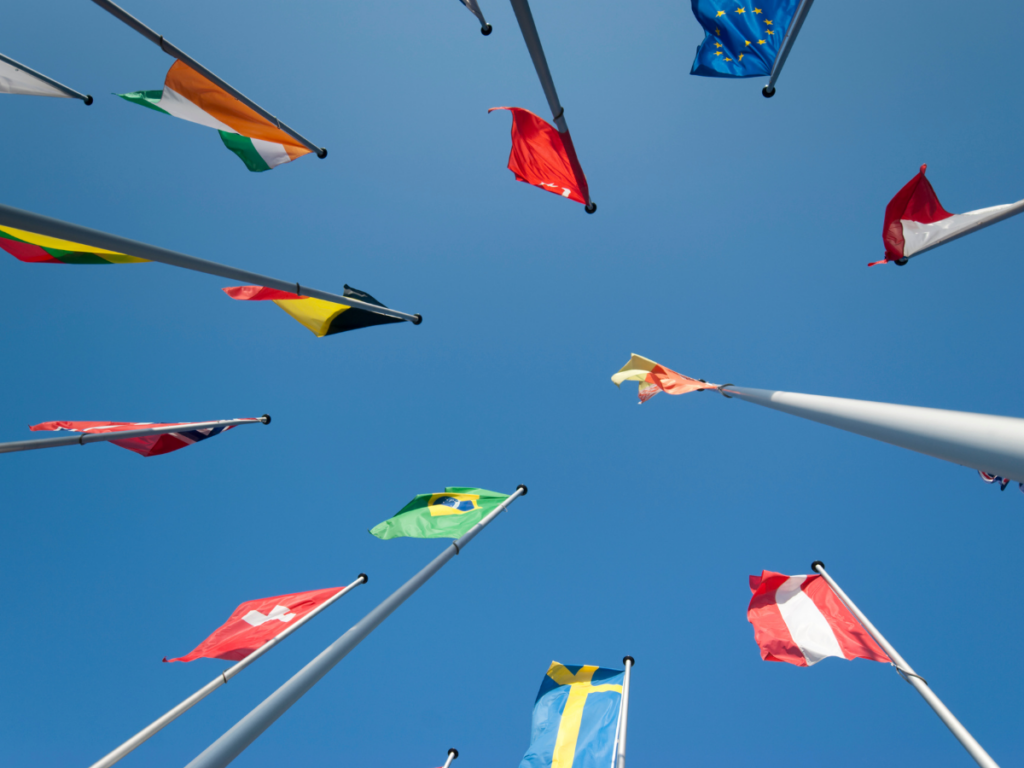
In their early stages, most companies focus on establishing a presence in their local markets. They only start looking into other markets after achieving domestic success. If your business relies on patents, however, this lack of planning can be a mistake. Patent rights are territorial, so seeking patent protection outside your country means facing strict procedures and timelines.
Want to extend your patent protection outside your country? If your company is based in the U.S., there are two paths to doing so: the Paris Convention and the Patent Cooperation Treaty (PCT). Here’s how these two paths differ and how to choose the right one for your business.
Paris Convention
The Paris Convention has been around for over 100 years. It currently has 177 member countries. This treaty allows you to use your application filing date in the U.S. as the effective filing date in any member country. The only catch is that you must file in those foreign countries within 12 months of filing in the U.S.
Your U.S. patent application and each foreign application will be evaluated according to each country’s examination laws and procedures. The application will mature into a patent once it’s approved by the country’s patent office.
Patent Cooperation Treaty (PCT)
The PCT was developed in 1970 and currently has 157 member countries. This treaty aims to streamline the process of international patent protection by letting you file one “PCT” application that will be effective in all member states. Each PCT application receives preliminary processing and considerable examination.
Within 30 months of your initial filing of the PCT application, you’ll need to register it in any individual jurisdiction where you want to receive patent protection on your invention. If a jurisdiction approves your application during this “national stage,” it will mature into a patent.
Which Option Should You Choose?
Making the correct choice between the Paris Convention and PCT for your business requires you to weigh several key factors. They are the desired speed of the process, countries you want to target for protection, and overall costs.
- Speed
If speed is a critical part of your patent strategy, the Paris Convention will be the better choice. In bypassing the PCT’s preliminary search and examination phases, you can enter the national stage in each country much faster. That said, the 30-month timeframe given by the PCT can be beneficial as well, giving you time to refine your strategy and secure funding.
- Target Countries
If you’re targeting a few specific countries (particularly if they aren’t members of the PCT), the Paris Convention is your best bet. This path allows you to approach each country’s patent office directly. If you’re looking for patent protection in a broad range of countries, the PCT path gives you flexibility and more time to decide which specific countries to focus on.
- Cost
If you’re only filing in a few countries, the Paris Convention path may initially seem less expensive. However, direct filings can get expensive quickly due to each country having its own filing fees and the need for local agents in all jurisdictions where the application is to be filed. The PCT has higher upfront costs, but tends to be more cost-effective if you’re seeking protection in many countries. Typically, if you are seeking protection in four or more countries, the PCT tends to be the most cost-effective approach.
